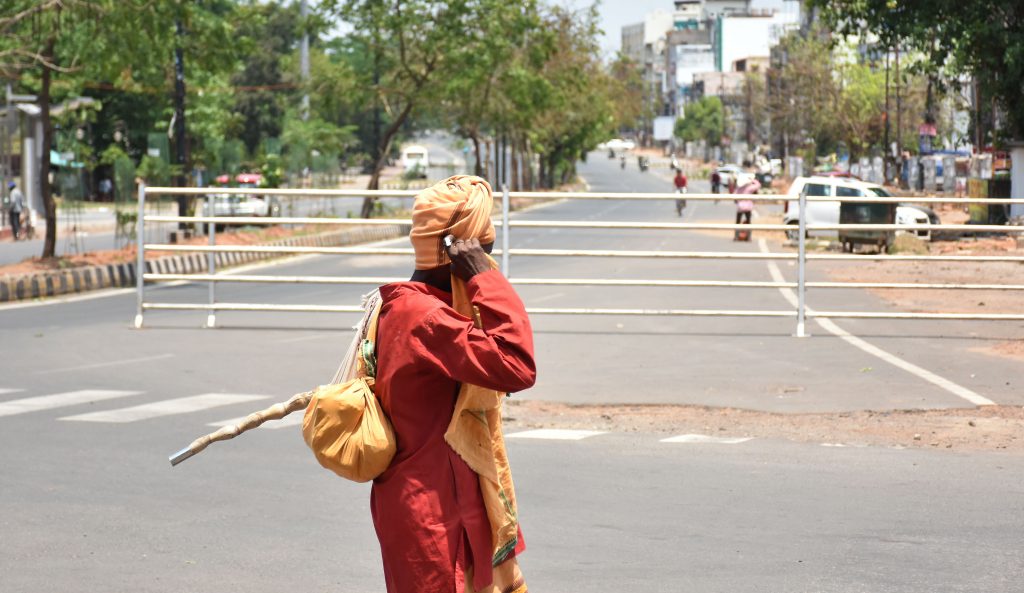The Centre in all likelihood will extend the current spell of lockdown beyond April 14. Many state governments are piling on pressure on the Centre to do this. Odisha Thursday extended the lockdown till April 30 — the first state in the country to do so. The 21-day lockdown fortified by days of shutdowns enforced by some states like Odisha has brought life to a halt. People have been forced to stay indoors even as they continue to be fed stories of gloom and doom. There is widespread despair and hopelessness. All this is taking a heavy toll on people’s psyche. There are reports that many are losing their mental balance. In their bid to stave off the virus, they are ending up with newer ailments.
The pandemic and the consequent lockdown have spelt doom for the economy. A World Bank study has forecast that India’s growth rate will plummet to 2.5 per cent. Many internal surveys have also endorsed this prognosis. UN has forecast that about 400 million people in India will sink back to poverty. The International Labour Organisation (ILO) has said the pandemic is expected to wipe out 6.7 per cent of working hours globally in the second quarter of 2020 — equivalent to 195 million fulltime workers. In such testing times in mankind’s history, the government looks utterly helpless. It sits pretty cool. There is no advance planning as to how it wants to take the country out of such distressed times.
The biggest challenge that waits to explode post the virus mayhem is the calamitous unemployment crisis. Many industries, especially small and medium enterprises would have shut shop throwing millions of workers onto streets. The number will be many times the one we had seen post demonetisation. Lack of money in the hands of people will dry up demand — a sure recipe for an economic doom. Already, weak order flows have prompted companies to shed staff. Many businesses will go bust. A survey by the Centre for Monitoring Indian Economy (CMIE), a Mumbai-based private research organisation, India’s joblessness spiked its way above 30 per cent over the past two weeks of the ongoing 21-day lockdown. In contrast, the figure was just about 8.7 per cent during the week ended March 22, and a little over 8.2 per cent in the week before that. The country’s overall unemployment rate, as estimated by CMIE, has shot to nearly 24 per cent in the last week of the previous month – the highest in 43 months. In absolute terms, at least 1.45 crore jobs would have been lost since January and the number of unemployed in the country would have jumped by 60 lakhs. The government is likely to scoff off these figures, claiming CMIE is a private research body and thus its findings aren’t real. It has demonstrated such disdain in the past with regard to job data. Yet, considering the grave risks to the economy because of the pandemic, absolute numbers are not as important as the magnitude of change.
Besides the catastrophic impact on jobs, the lockdown will have a similar impact on rural economy especially when harvest season is on. Although there is no official bar on farm activities in rural areas, a complete breakdown of supply chain will hit farmers’ income. The objective of the lockdown is to ensure social distancing as this is supposed to be only remedy as of now to keep the coronavirus at bay. Now that people have been educated on the modalities of social distancing and are reasonably conscious of the dangers of not practicing it, the government should lift the lockdown and instead go for social distancing. The longer the lockdown lingers, the harder the impact it will have on the economy.
